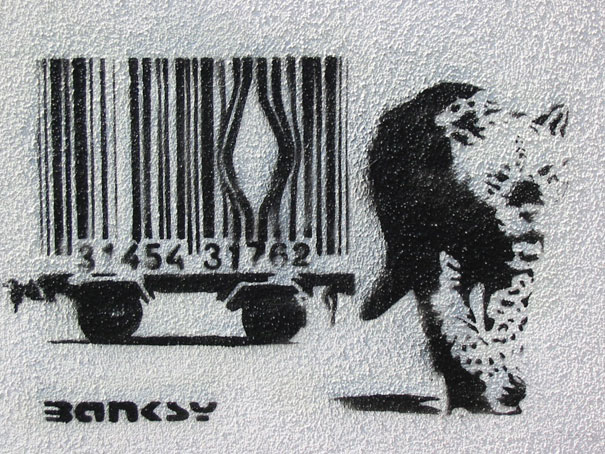Through this study of the contemporary artworld, I am personally reminded not to underestimate the ability each medium of art provides me with; for each idea there is a ‘best’ way and a specific context in which to most successfully create and present work to the public. Since first becoming serious about art making, I always thought about the context of my art in the public eye. After looking into the work of today’s successful contemporary artist who they are influenced by, I see art as even more of a two-sided story than I had before. The one side being the artist’s relationship with their work and the other being the ideas and response given to and generated by the public. Art has always been a catharsis, but now I can view it as a tool outside of the personal realm.
People will continue to disregard and be ignorant of the values in art and art making. But it is important to realize that art is and has become a necessary tool for daily use and expression. There is art for media, and art as a voice, and art as a combination of these things. Visual communication is so highly integrated into our daily lives that we may not even realize the amount of messages that are being communicated daily. The value therefore in knowing ‘what art is’ lies in being able to decipher the differences in, and therefore the value of, visual messages and ideas being taken into our minds daily. If you do not understand the value in what you are seeing, who knows what you are really missing.
Image Credits and Bibliography:
Robertson, Jean and Craig McDaniel. Themes of Contemporary Art: Visual Art after 1980. New York: Oxford University Press, 2010.
Institutional Theory of Art and the Art World,” http://www9.georgetown.edu/faculty/irvinem/visualarts/Institutional-theory-artworld.html (accessed Jan. 15,2012).
http://www.banksy.co.uk/index.html (accessed Jan.15,2012).
“Immaterials: Light painting WiFi,” http://vimeo.com/20412632 (accessed Jan. 5,2012).
“JR's TED Prize wish: Use art to turn the world inside out,”TED 2011, http://www.ted.com/talks/lang/en/jr_s_ted_prize_wish_use_art_to_turn_the_world_inside_out.html (accessed Jan. 20,2012).
“one Minute Sculptures,” last modified July 12,2010, http://aplaceintheuniverse.blogspot.com/2010/07/one-minute-sculptures-by-erwin-wurm.html
“PhotoKitchen Projects 2007-2008,” last modified March 10, 2012, http://www.pbase.com/evledstudio/image/85821870
Patrick Frey, “The way Things Went.” Tate Online, http://www.tate.org.uk/tateetc/issue8/fischliweiss_waythingswent.htm (accessed Feb.25, 2012).
“Rebecca Horn: Body Landscapes,” Last modified August 2005, http://ticketing.southbankcentre.co.uk/find/hayward-gallery-and-visual-arts/hayward-gallery-exhibitions/past/rebecca-horn-bodylandscapes
“Honey and Lightening,” Mandy Greer Portfolio, http://mandygreer.wordpress.com/portfolio/ (accessed Feb. 10, 2012).
“Kiki Smith,” last modified March 2010, http://amac43.wordpress.com/kiki-smith/
“Kiki Smith,” last modified April 12, 2011, http://www.unknowninkdesign.com/blog/04/kiki-smith/
“Sifting Hazelnut Tree Pollen,” Last modified January 20, 2011, http://abriegrowsinbrooklyn.com/post/2842818042/pretty-awed-by-the-beauty-of-the-installation
“Janine Antoni,” last modified December 30,2010, http://washspring2011.blogspot.com/2010/12/before-january-21-listen-respond.html
“Feminist Art Base: Janine Antoni,” http://www.brooklynmuseum.org/eascfa/feminist_art_base/gallery/janineantoni.php?i=647















